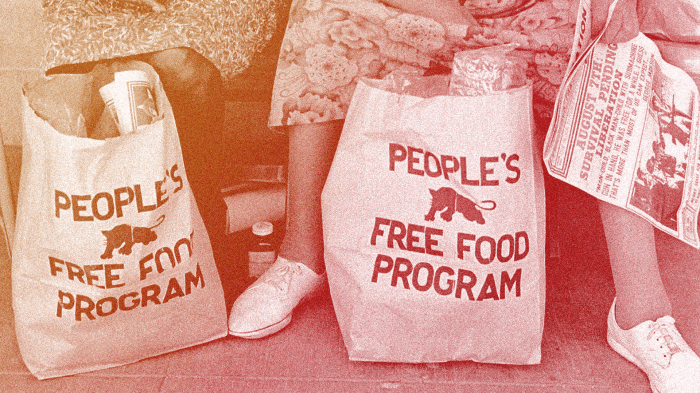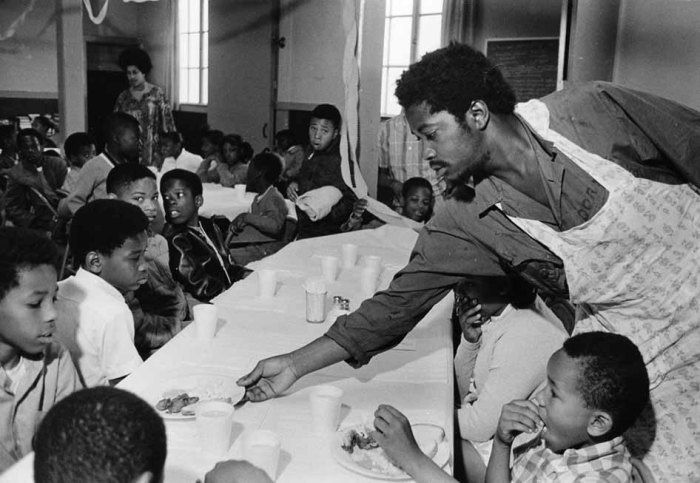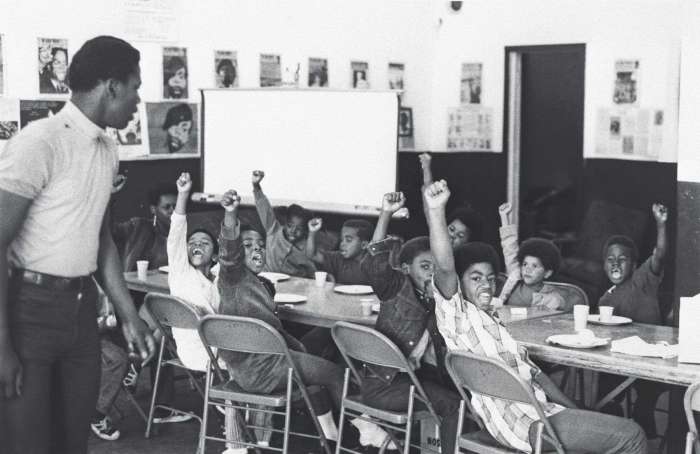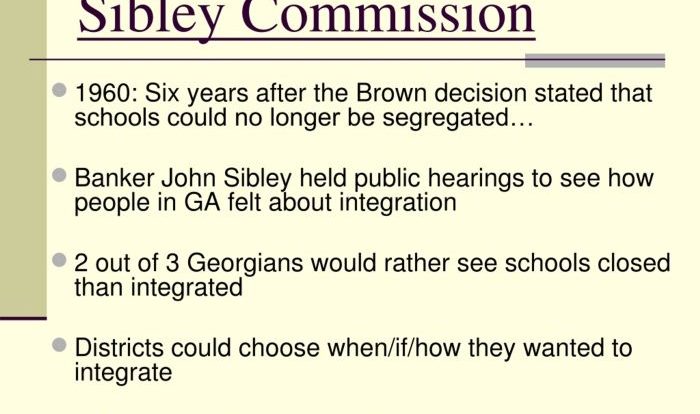Black panther 10 point program lesson plan – The Black Panther 10-Point Program, a revolutionary blueprint for Black liberation, emerged as a beacon of hope amidst the tumultuous social and political landscape of the 1960s. This lesson plan delves into the historical context, key demands, impact, and enduring legacy of this transformative program, providing educators with a comprehensive resource to engage students in critical discussions about race, equality, and social justice.
The Black Panther Party, founded in 1966, sought to empower Black communities through armed self-defense and political activism. The 10-Point Program, unveiled in 1966, articulated the party’s vision for a just and equitable society, demanding fundamental rights and economic empowerment for Black Americans.
1. Historical Context of the Black Panther 10-Point Program

The Black Panther Party emerged in the midst of a turbulent era marked by widespread social unrest and political polarization in the United States during the 1960s. The assassination of Martin Luther King Jr. in 1968 further ignited tensions, fueling a growing sense of frustration and disillusionment within the African American community.
Against this backdrop, the Black Panther Party emerged as a militant organization dedicated to fighting for the rights and liberation of Black people.
Origins and Goals of the Black Panther Party
The Black Panther Party was founded in Oakland, California, in 1966 by Huey P. Newton and Bobby Seale. The party’s ideology was rooted in Black nationalism, Marxism-Leninism, and self-defense. Its primary goal was to achieve complete liberation for Black people in the United States, by any means necessary, including armed resistance if deemed essential.
Social and Political Climate in the United States during the 1960s
The 1960s witnessed a surge in civil rights activism and protests against racial discrimination and police brutality. However, despite the passage of landmark legislation such as the Civil Rights Act of 1964 and the Voting Rights Act of 1965, systemic racism and inequality persisted.
The Black Panther Party emerged as a response to the ongoing oppression and violence faced by Black communities, particularly in urban areas.
Detailed Account of the 10-Point Program’s Key Demands, Black panther 10 point program lesson plan
The Black Panther Party’s 10-Point Program, adopted in 1966, Artikeld a comprehensive set of demands that aimed to address the fundamental issues facing Black people in the United States. These demands included:
- Power to determine the destiny of the Black community.
- Full employment for Black people.
- Decent housing and education for Black people.
- An end to police brutality and murder of Black people.
- Exemption of Black people from military service.
- An end to the importation of drugs into the Black community.
- Release of all Black political prisoners.
- Trial by a jury of peers for all Black people.
- Land, bread, housing, education, clothing, justice, and peace.
- A United Nations-supervised plebiscite to determine the future of the Black community.
2. Analysis of the Program’s Key Demands

Specific Goals of Each Point
The Black Panther Party’s 10-Point Program articulated specific goals for each of its demands:
- Power to determine the destiny of the Black community:Self-determination and autonomy in decision-making.
- Full employment for Black people:Economic empowerment and elimination of unemployment.
- Decent housing and education for Black people:Access to quality living conditions and educational opportunities.
- An end to police brutality and murder of Black people:Protection from excessive force and violence.
- Exemption of Black people from military service:Refusal to participate in wars that oppressed Black people.
- An end to the importation of drugs into the Black community:Combat drug addiction and its negative impact on Black communities.
- Release of all Black political prisoners:Freedom for those unjustly imprisoned for political reasons.
- Trial by a jury of peers for all Black people:Fair and impartial trials by a jury representing the Black community.
- Land, bread, housing, education, clothing, justice, and peace:Comprehensive provision of basic needs and a just society.
- A United Nations-supervised plebiscite to determine the future of the Black community:International recognition and self-determination for Black people.
Significance and Relevance in the Context of the Time
The 10-Point Program was a radical and visionary document that challenged the prevailing social and political norms of the time. It addressed the systemic racism and oppression faced by Black people, demanding fundamental changes in areas such as economic empowerment, education, housing, and criminal justice.
Advocacy and Implementation of the Demands
The Black Panther Party actively advocated for and attempted to achieve the demands of the 10-Point Program through a range of strategies, including:
- Community organizing and grassroots activism.
- Political education and awareness campaigns.
- Armed self-defense and community patrols.
- Establishment of social programs and services, such as free breakfast programs and health clinics.
Clarifying Questions: Black Panther 10 Point Program Lesson Plan
What were the key demands of the Black Panther 10-Point Program?
The key demands included: self-determination, full employment, decent housing, quality education, healthcare, an end to police brutality, exemption from military service, release of political prisoners, trial by a jury of peers, and land, bread, housing, education, clothing, justice, and peace.
How did the Black Panther 10-Point Program impact the Civil Rights Movement?
The program challenged the nonviolent approach of mainstream civil rights organizations and inspired a more militant and confrontational approach to fighting for racial justice. It also raised awareness about the specific needs and experiences of Black communities.
What is the legacy of the Black Panther 10-Point Program?
The program’s legacy includes its influence on subsequent social movements, its contribution to the development of Black Power ideology, and its enduring call for racial justice and economic equality.




